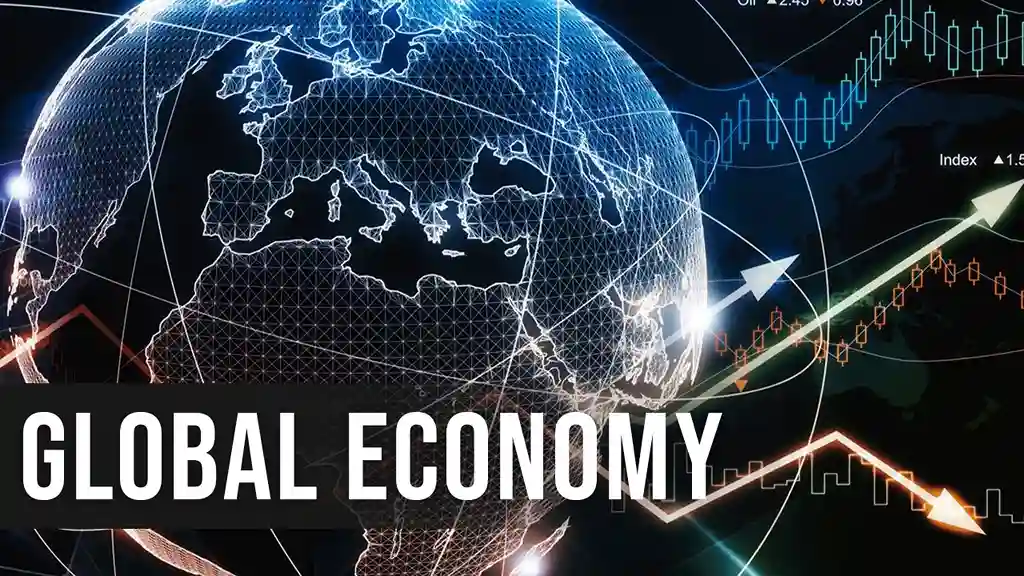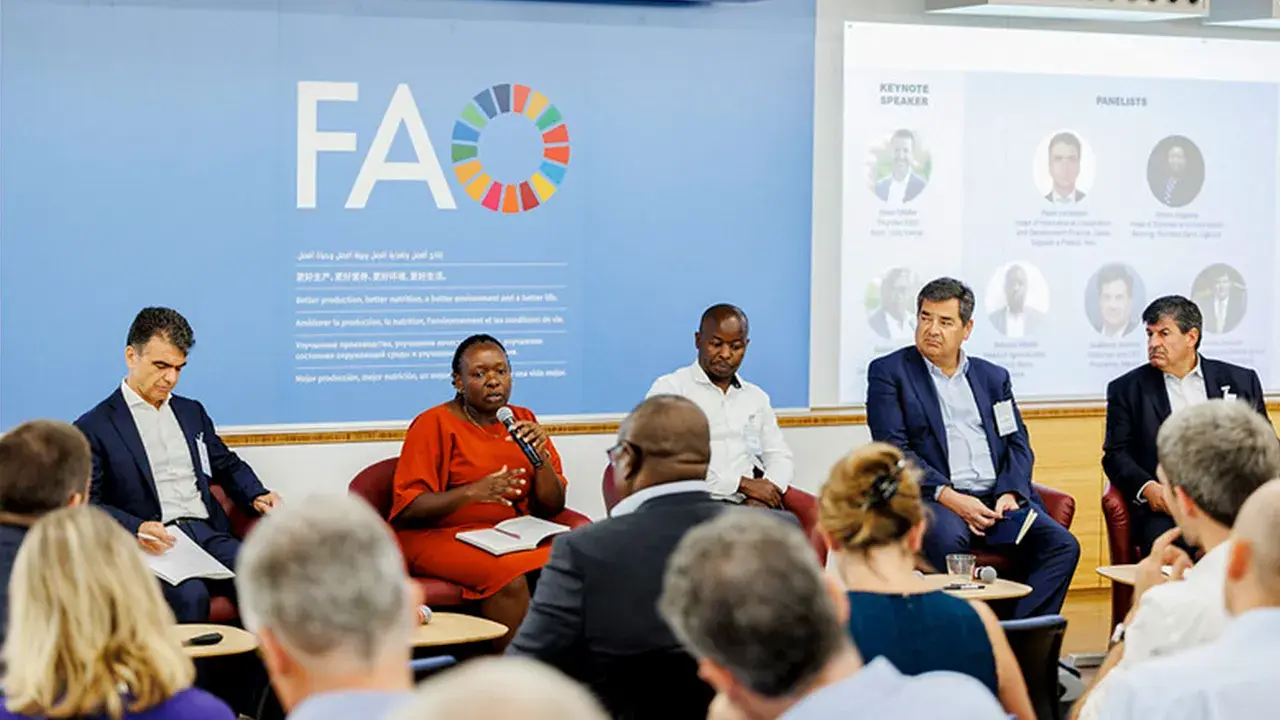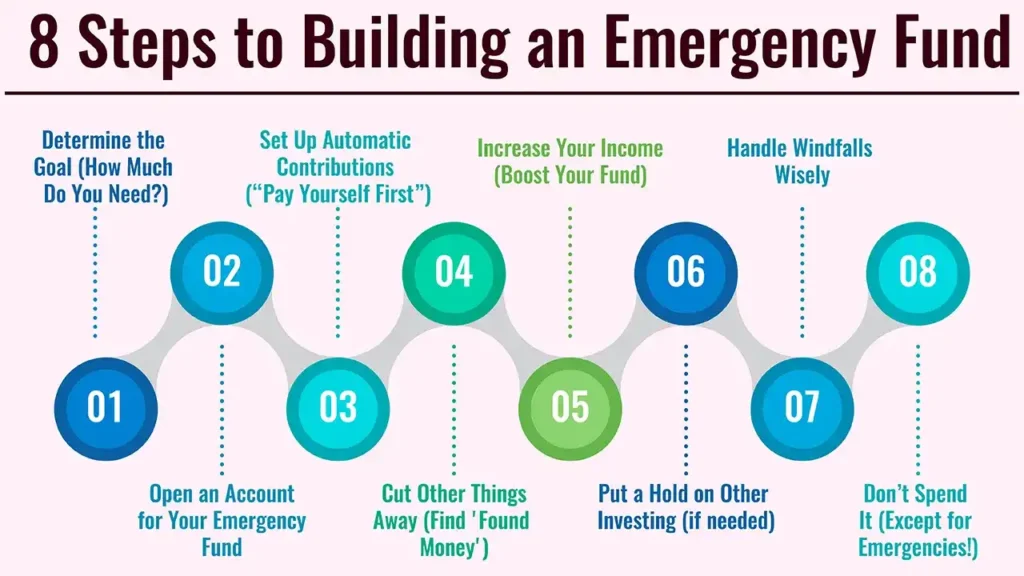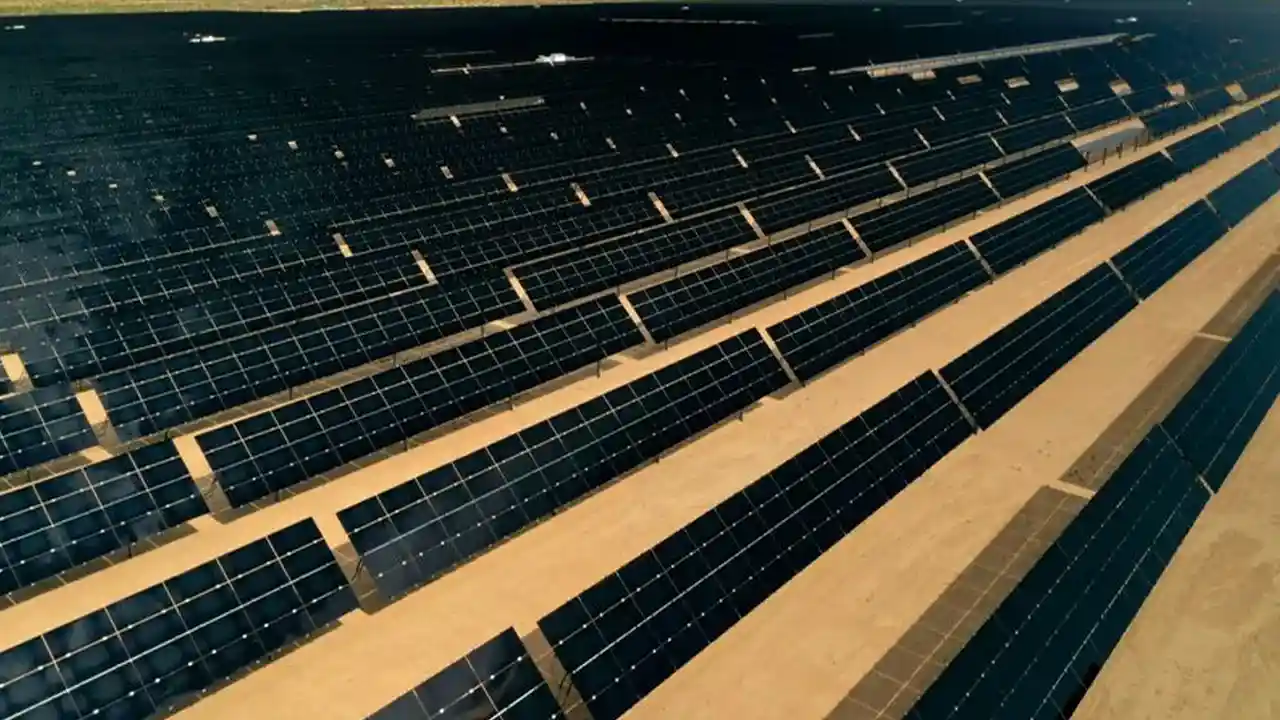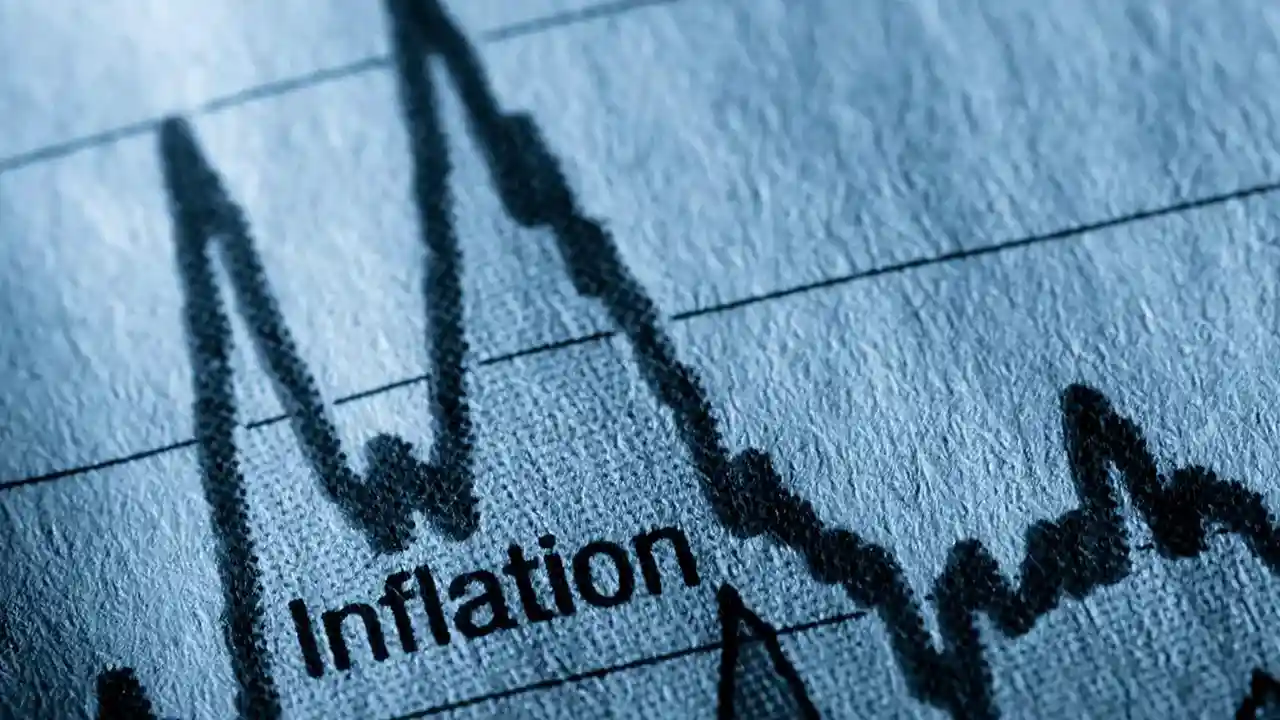New York – What does it take to reach the lofty goal of feeling “financially comfortable”? That elusive figure varies widely by generation, the survey found, with Millennials saying they’ll need an impressive $847,000 to feel secure. This figure is higher than the national average and exposes the differing financial hopes and circumstances of varying generations.
The most recent Charles Schwab Modern Wealth Survey 2025 (published July 9, 2025) makes that generation gap plain, detailing the net worth each group thinks is needed to feel financially secure. The average American now estimates it takes $839,000 to be financially comfortable, more than the $778,000 of last year.
Millennials Leading the Pack
For the most part, Millennials (29 to 44 years old, in this case) are looking for the highest comfort level. Their request for $847,000 is symbolic of a generation wrestling with such seismic economic forces as student loan debt, escalating housing costs and inflationary pressures, all while also carving out their own paths in the workplace and at home.
Their own journeys into work in the aftermath of the financial meltdown of 2008 may also give them a different sense of how much capital it takes to achieve security.
Gen Z: Lower Threshold, More Positive
And Gen Z (ages 21-28) has set the leanest bar for financial comfort, saying they need $329,000. Gen Z may be dealing with their own economic issues – however, there’s a lot of optimism coursing through this generation.
43 per cent of Gen Z and 42 per cent of Millennials think they will become wealthy (or already are), at rates far higher than other generations. In addition, this younger generation is more likely to have written down their financial plans, suggesting that they approach financial wellness more consciously even though they are less comfortable.
n X and Boomers: Different Needs, Greater Averages
Generation X, also known as the sandwich generation because many in that age group support children and ageing parents, says it needs $783,000 to feel financially well. This number is a bit lower than the national average, but 2 million people is still a tonne of people.
And Baby Boomers (ages 61-77), most of whom are approaching or are in retirement, believe that they need surprisingly the highest amount among all generations to feel comfortable: $943,000. They do this because they want to ensure they live a financially comfortable retirement in the face of spiralling medical costs and longer lives.
Beyond the Numbers: Defining Wealth
The survey also looked at what Americans think is “wealthy” and found it to be much more than a number. No comment about your physical or mental health or personal relationships: Unfortunately, while the average net worth to feel “wealthy” is $2.3 million by 2025 (or so think the survey-takers), they also place just as much weight on happiness (45%), physical health (37%), mental health (32%), and strong personal relationships!
The changing definitions of financial comfort from generation to generation illustrate how economic security is anything but static in a shifting world. The actual numbers might be different, but the need to be secure in one’s position and to be able to live without constant financial anxiety is universal.

